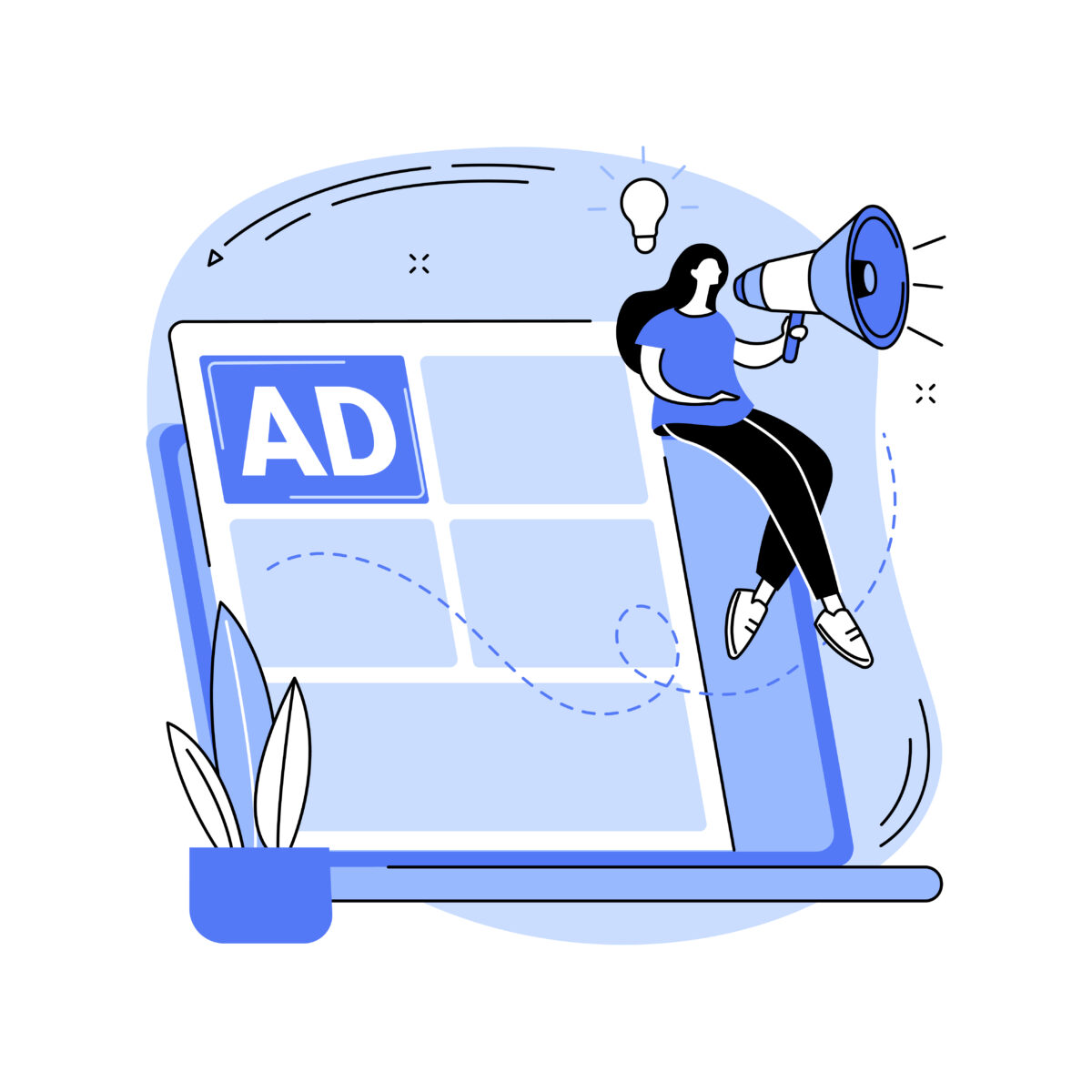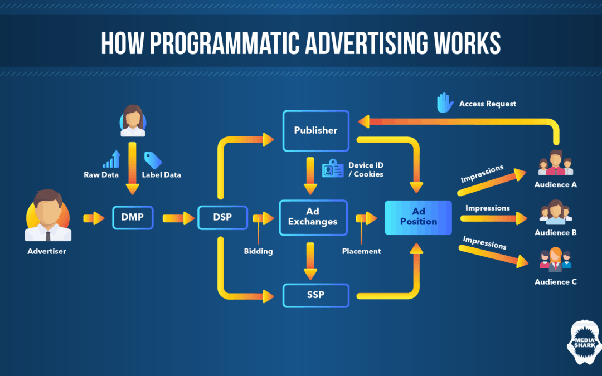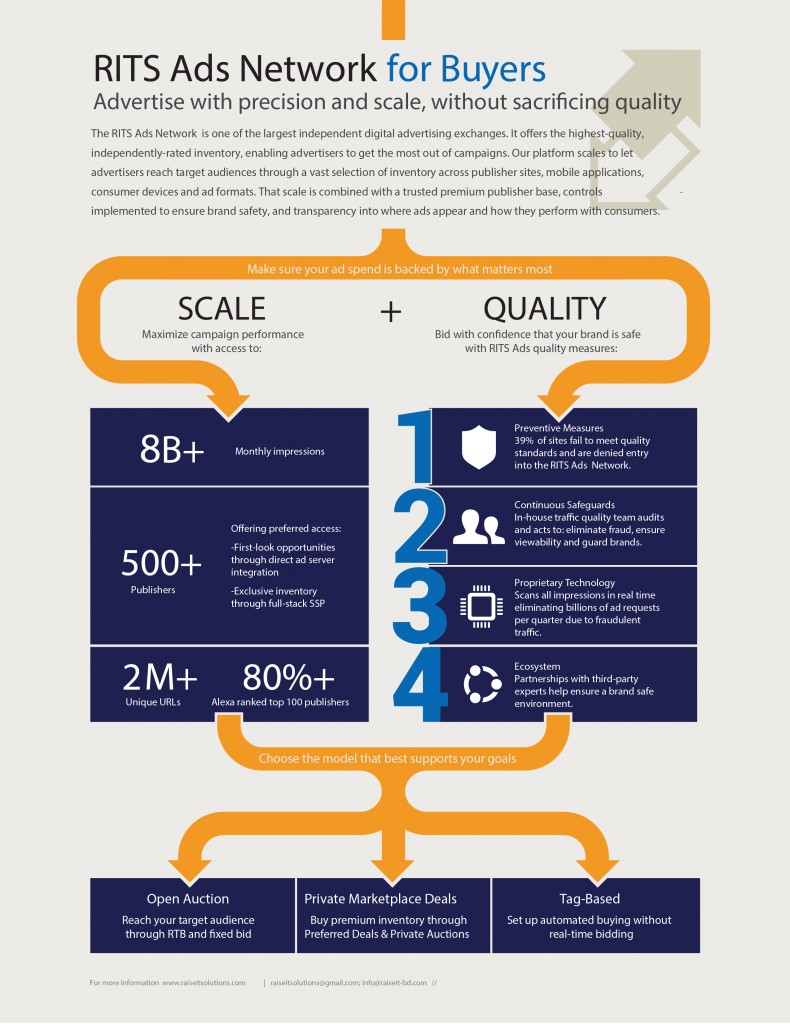As an ad agency or publisher, you know that ad placement is a critical factor that can make or break your clients’ advertising campaigns. In this blog post, we’ll explore why ad placement is so important and provide some tips on how to optimize your ad for maximum ROI.
Why Ad Placement Matters:
Ad placement is a crucial factor in the success of any advertising campaign. The placement of an ad can determine whether it is seen by the target audience, how engaged they are with the ad, and whether they take action as a result of it. According to a study by Eyeview, ads placed above the fold have a viewability rate of 68%, compared to only 40% for ads placed below the fold. Additionally, ads placed next to relevant content have a higher engagement rate and are more likely to be clicked on.
For example, a client of ours, a women’s fashion brand, was struggling to see any significant ROI from their ad campaigns. After analyzing their ad placement, we discovered that their ads were appearing on irrelevant sites that were not attracting their target audience. We then worked with the client to optimize their ad placement by targeting sites that had more relevant content and were frequented by their target audience. As a result, the client saw a 56% increase in click-through rates and a 27% increase in conversions.
Factors to Consider When Choosing Ad Placement:
When choosing ad placement, there are several key factors to consider:
- Target Audience: Understanding the target audience is crucial when choosing ad placement. You need to ensure that your ads are appearing in front of the right people, at the right time, and in the right context.
- Type of Content: The type of content on the site or page where your ad appears is also important. Your ad needs to be relevant to the content and not appear out of place.
- Ad Format: Different ad formats have different optimal placements. For example, display ads tend to perform better above the fold, while native ads tend to perform better in the content feed.
By considering these factors, you can choose the optimal ad placement for each client’s campaign.
Strategies for Optimizing Ad Placement:
There are several strategies you can use to optimize ad placement:
- A/B Testing: Test different ad placements to see which performs best for each client’s campaign.
- Geo-Targeting: Target specific geographic regions to ensure your ads are seen by the right people.
- Retargeting: Show ads to people who have already interacted with your client’s site or ad.
For example, we worked with a client in the healthcare industry who was struggling to attract new patients to their clinic. By using retargeting ads, we were able to show their ads to people who had previously visited their website. This resulted in a 42% increase in conversions and a 31% increase in ROI.
Conclusion: Ad placement is a critical factor that can make a huge difference in the success of your client’s ad campaigns. By understanding the importance of ad placement, considering key factors when choosing ad placement, and implementing effective optimization strategies, you can help your clients achieve maximum ROI and build a successful ad network business. By using real-life examples and case studies, we can see the impact that ad placement can have on the success of ad campaigns. As an ad network business owner, it is essential to prioritize ad placement and use it to optimize your clients’ campaigns for maximum ROI.



